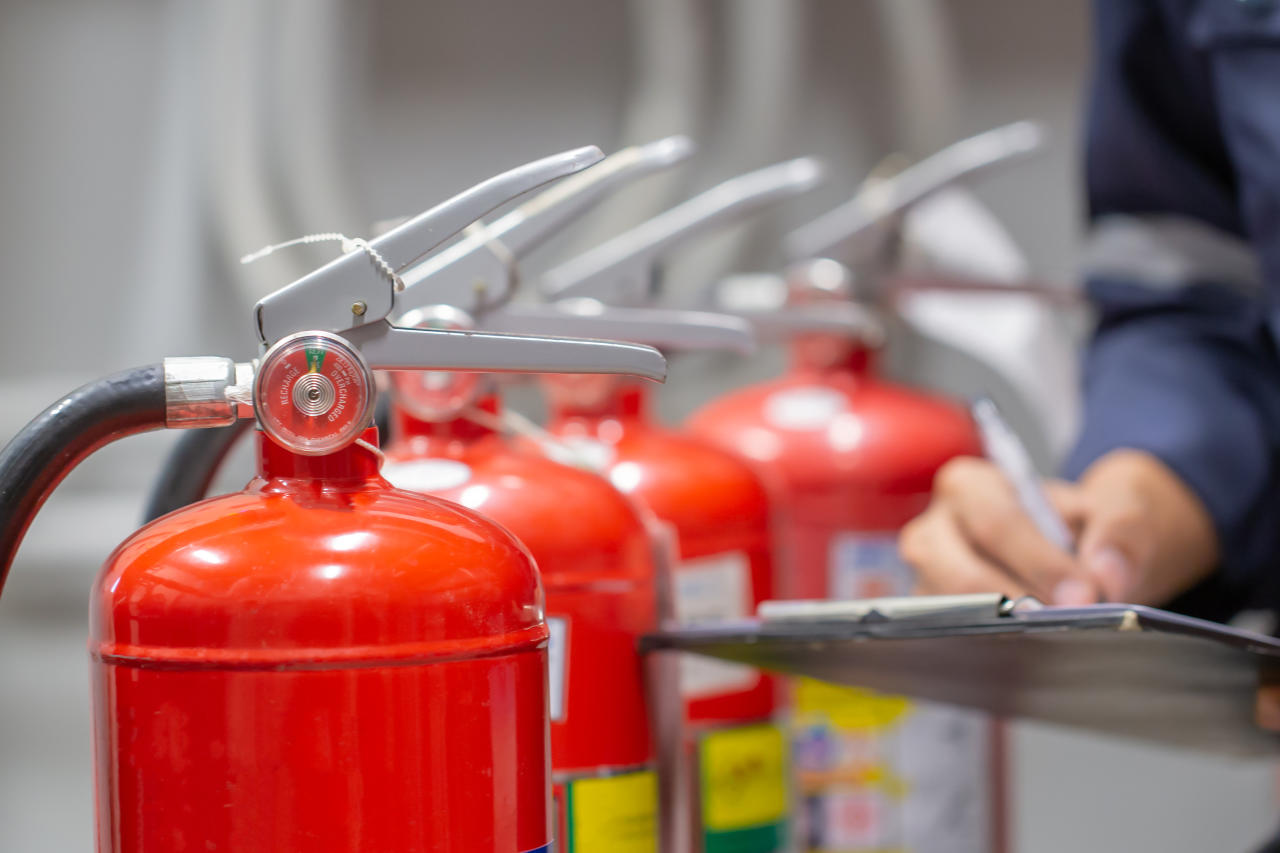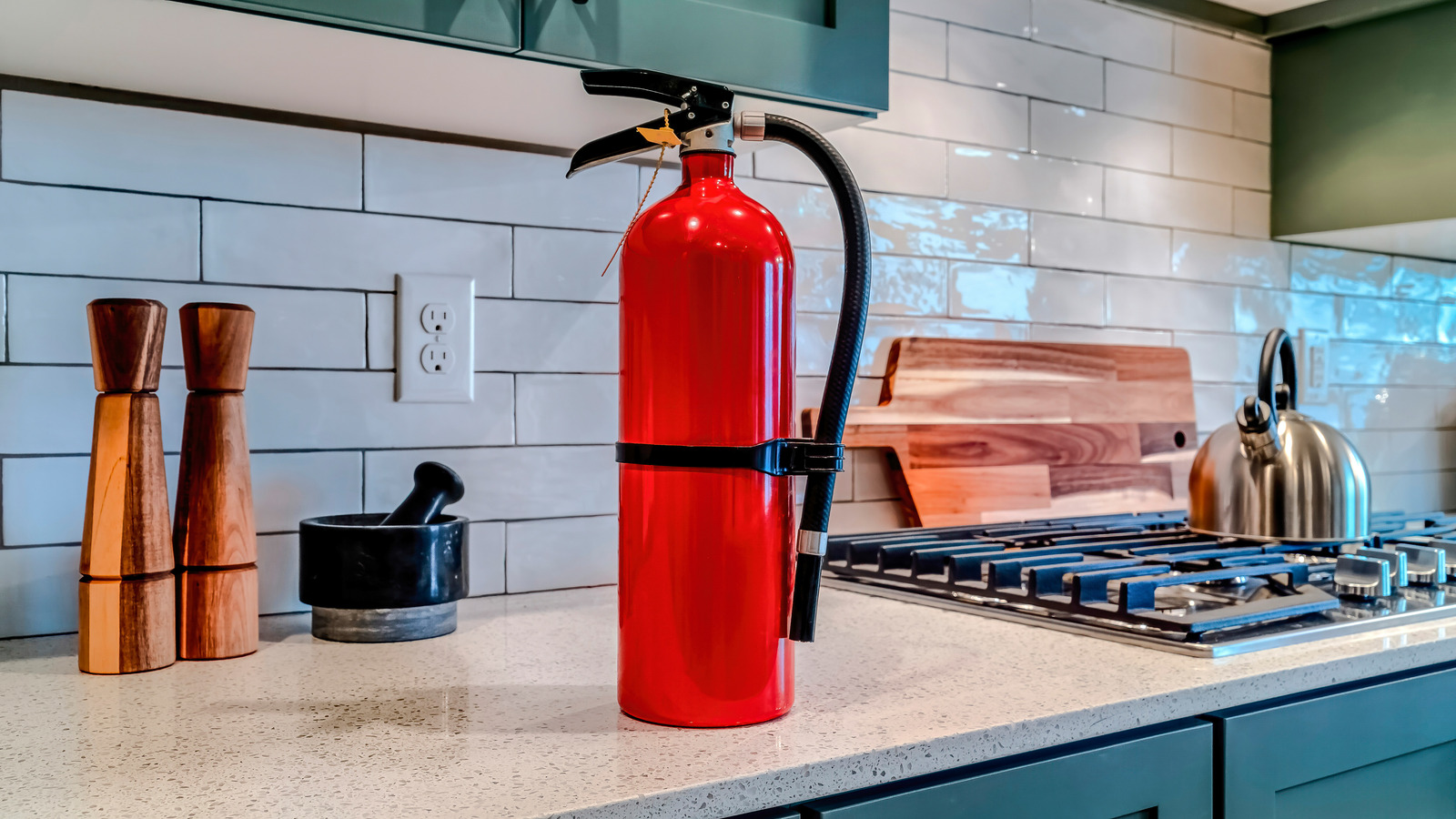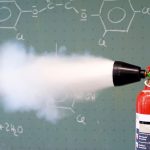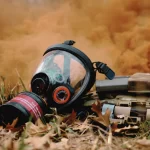I. Introduction
Fire safety is a crucial aspect in any setting, whether it is in our homes, workplaces, or public spaces. The ability to prevent and effectively respond to fire incidents can save lives, protect valuable properties, and ensure the overall well-being of individuals in a community. One of the key elements in fire safety is the proper use of fire extinguishers. In this article, we will explore the importance of fire extinguisher safety and provide a comprehensive understanding of different types of fire extinguishers, fire classes, and how to match the right extinguisher with each fire class.
II. Understanding Fire Extinguishers
A. Types of Fire Extinguishers
- Water-based extinguishers: Water-based fire extinguishers are designed to combat Class A fires, which involve ordinary combustible materials such as wood, paper, and cloth. These extinguishers are typically filled with water and are effective in cooling and extinguishing the fire.
- Foam extinguishers: Foam extinguishers are versatile and can be used for both Class A and B fires. They contain an aqueous film-forming foam that creates a blanket over the fire, smothering it and preventing reignition. Foam extinguishers are particularly useful in tackling fires involving flammable liquids and gases.
- Carbon dioxide (CO2) extinguishers: CO2 extinguishers are suitable for Class B and C fires. They discharge carbon dioxide gas, which displaces oxygen and starves the fire of its fuel. These extinguishers are effective in extinguishing fires involving flammable liquids and electrical equipment.
- Dry chemical extinguishers: Dry chemical extinguishers are commonly used for Class B and C fires. They contain a powder substance that interrupts the chemical reaction of the fire, causing it to extinguish. These extinguishers are suitable for extinguishing fires involving flammable liquids, electrical equipment, and some combustible metals.
- Wet chemical extinguishers: Wet chemical extinguishers are designed to tackle Class K fires, which are fires involving cooking oil and grease. They contain a special solution that reacts with the hot cooking oil or grease, forming a soapy substance that cools and extinguishes the fire.
B. Understanding Fire Classes and Matching Extinguisher Types
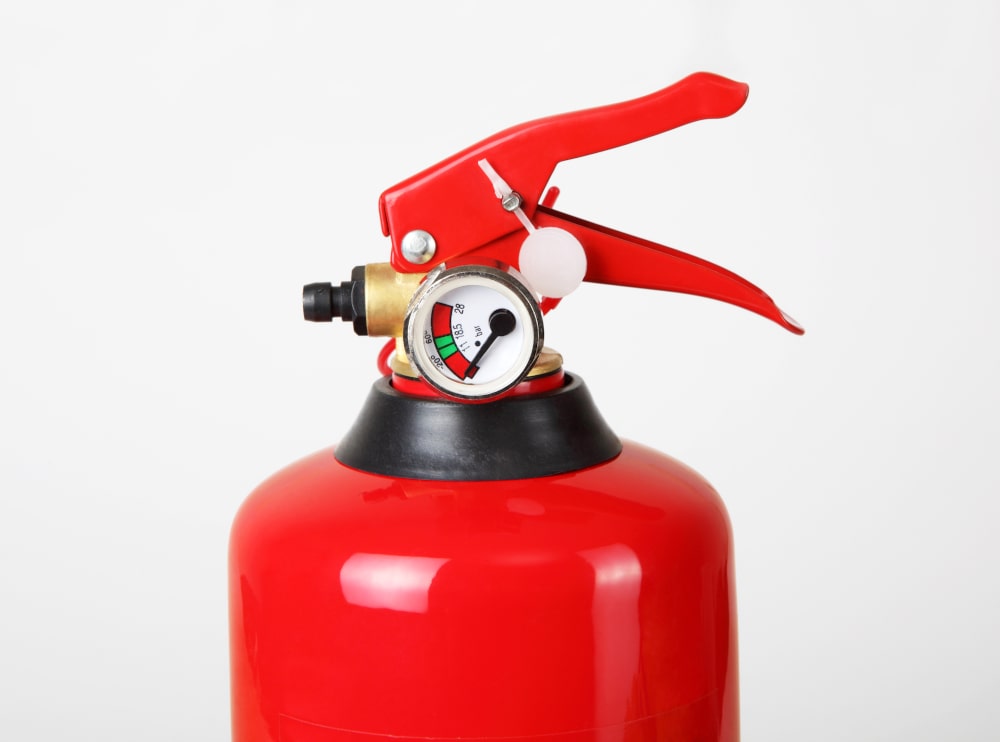
- Class A fires: Class A fires involve ordinary combustible materials such as wood, paper, and cloth. Water-based extinguishers are the primary choice for these fires, as they effectively cool and extinguish the flames.
- Class B fires: Class B fires involve flammable liquids and gases, such as gasoline, oil, and propane. Foam extinguishers and dry chemical extinguishers are suitable for tackling these fires, as they smother the flames and interrupt the chemical reaction.
- Class C fires: Class C fires are electrical fires, which can occur in electrical equipment, wiring, or appliances. CO2 extinguishers are the recommended choice for these fires, as they do not conduct electricity and can safely extinguish the flames.
- Class D fires: Class D fires involve combustible metals, such as magnesium, titanium, and potassium. Specialized dry chemical extinguishers designed for specific types of combustible metals should be used to combat these fires.
-
Class K fires: Class K fires are kitchen fires that involve cooking oil and grease. Wet chemical extinguishers are specifically designed to tackle these fires, as they react with the hot oils and create a soapy substance that cools and extinguishes the flames.
III. Fire Extinguisher Safety Precautions and Guidelines
A. Storage and Accessibility
Among the many precautions for fire extinguisher safety, proper storage and accessibility are crucial. Here are some key points to consider:
- Proper placement and visibility of fire extinguishers
- Install fire extinguishers in strategic locations throughout the facility, ensuring they are easily seen and accessible.
- Place them near potential fire hazards such as kitchens, electrical panels, and exit routes.
- Avoiding obstructions and ensuring easy access
- Keep fire extinguishers clear of any obstructions such as furniture, equipment, or storage items.
- Avoid placing them in areas where their visibility might be impaired, such as behind curtains or doors.
B. Fire Extinguisher Maintenance
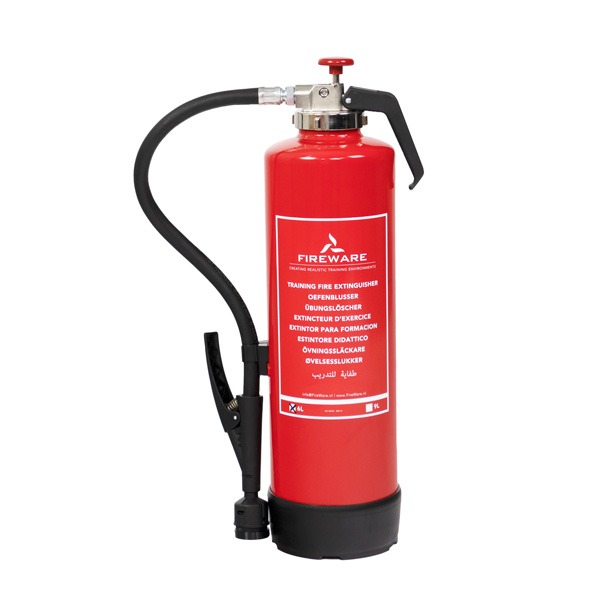
Regular maintenance and inspections are vital for ensuring fire extinguishers are in proper working condition when needed. Here’s what you need to know:
- Regular inspections and maintenance procedures
- Schedule routine inspections of all fire extinguishers, following the manufacturer’s guidelines and local fire safety regulations.
- Inspect the external condition of the extinguisher, checking for any signs of damage, corrosion, or tampering.
- Ensure that the pressure gauge indicates the extinguisher is fully charged and ready for use.
- Checking pressure levels and ensuring readiness
- Fire extinguishers operate based on pressure, so make sure to check the pressure gauge regularly.
- If the gauge is not within the recommended range or the extinguisher is expired, promptly replace or refill it.
- Familiarize yourself with the proper procedures for refilling or recharging fire extinguishers, or consult a professional.
C. Understanding the PASS Technique
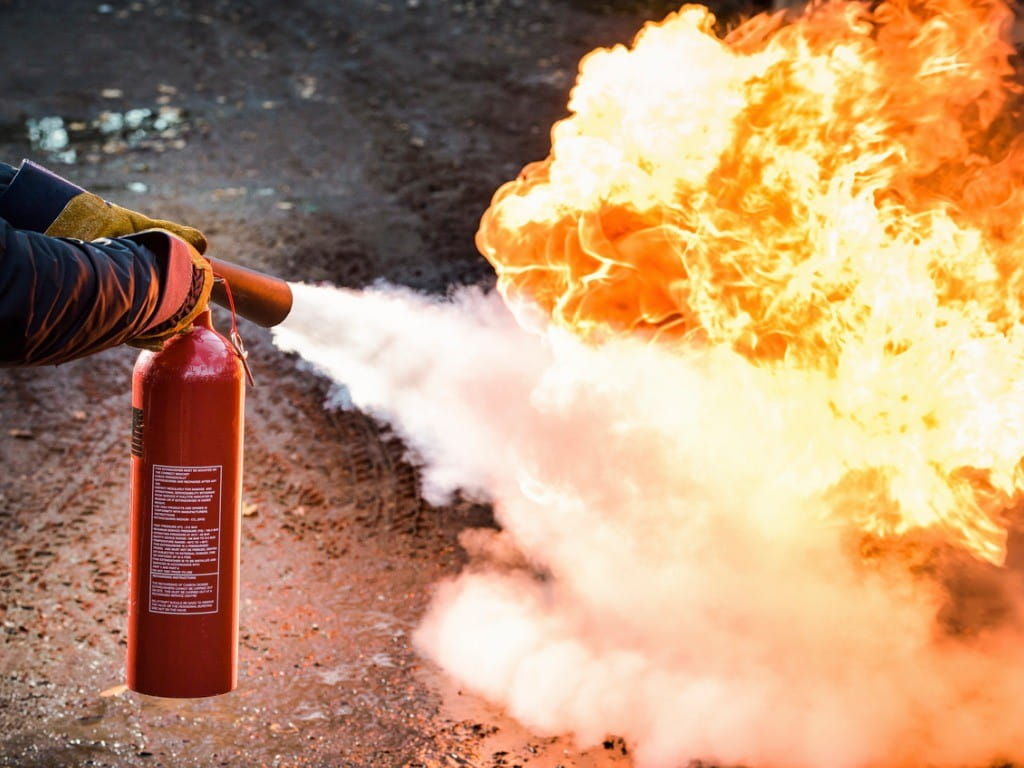
The PASS technique is an industry-standard acronym used to remember the proper steps for using a fire extinguisher effectively:
- Pull the pin:
- Remove the pin located on the extinguisher’s handle, breaking the tamper seal if present.
- Aim low:
- Aim the extinguisher nozzle or hose at the base of the fire, rather than the flames themselves.
- Directing the extinguishing agent at the fuel source will help suppress the fire more efficiently.
- Squeeze the handle:
- Firmly grip the extinguisher’s handle, maintaining a steady pressure on it throughout the entire discharge process.
- This action releases the extinguishing agent.
- Sweep from side to side:
- With a sweeping motion, move the extinguisher from one side of the fire to the other, covering the burning area thoroughly.
- Continue sweeping until the fire is extinguished or the extinguisher runs out of agent.
IV. Fire Extinguisher Training and Education
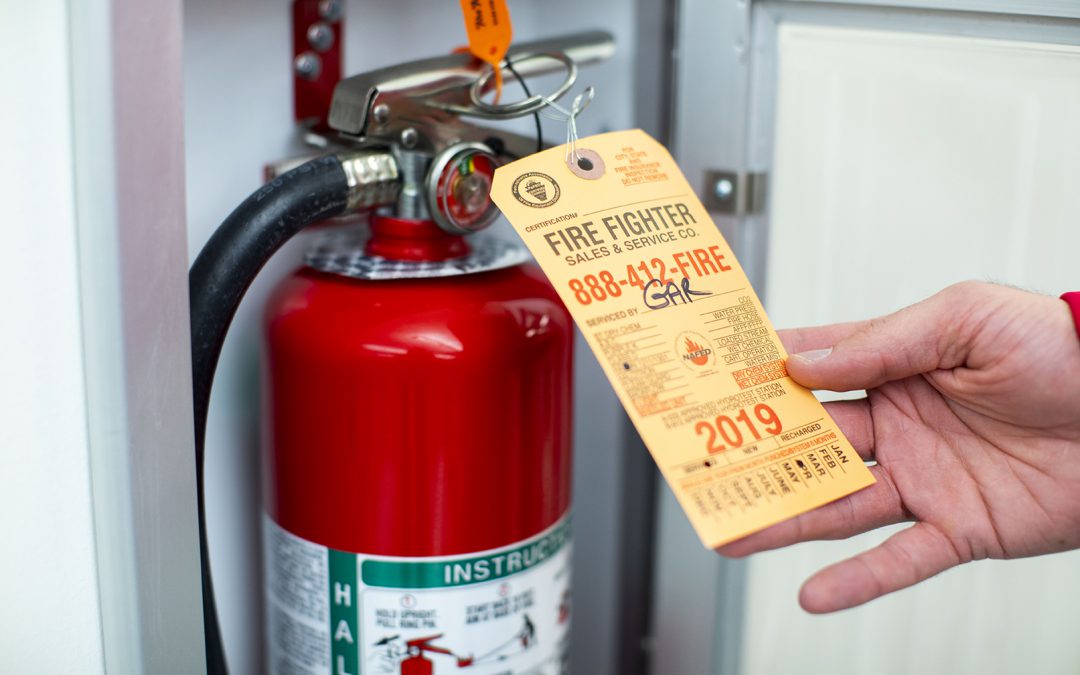
Proper training and education in fire extinguisher usage are essential for effective fire prevention and response. Here are some key points to consider:
A. Importance of Training
- Employee training in workplace environments
- Employers should provide comprehensive fire safety training to employees, including instruction on proper fire extinguisher use.
- Training should cover fire prevention, evacuation procedures, and the different types of fire extinguishers used at the workplace.
- Fire safety education in schools and residential settings
- Schools and residential complexes should prioritize fire safety education for students and residents.
- This can include hands-on training sessions, fire drills, and educational programs focused on fire prevention measures.
B. Hands-On Training Exercises
To reinforce fire extinguisher safety skills, hands-on training exercises are highly beneficial. Here’s what they typically involve:
- Identifying common fire hazards
- Trainees should be taught to recognize potential fire hazards in their environment, such as flammable materials, electrical equipment, or open flames.
- This knowledge helps individuals understand when and where to use a fire extinguisher effectively.
- Practicing fire extinguisher operation
- Trainees should have the opportunity to practice using fire extinguishers under controlled conditions.
- Trainers can simulate different types of fires and guide individuals on proper techniques.
- Understanding evacuation procedures
- Fire safety training should include clear instructions on evacuation procedures in the event of a fire.
- Trainees should learn how to quickly and safely exit a building, following designated escape routes and assembly points.
V. Conclusion
Fire extinguisher safety is paramount in preventing and minimizing fire-related risks. By adhering to storage guidelines, conducting regular maintenance, understanding the PASS technique, and ensuring proper training and education, individuals can significantly enhance their ability to respond effectively in an emergency. By prioritizing these practices, we can all contribute to a safer workplace, school, or residential environment. Stay vigilant, stay prepared, and remember, fire safety starts with you.
